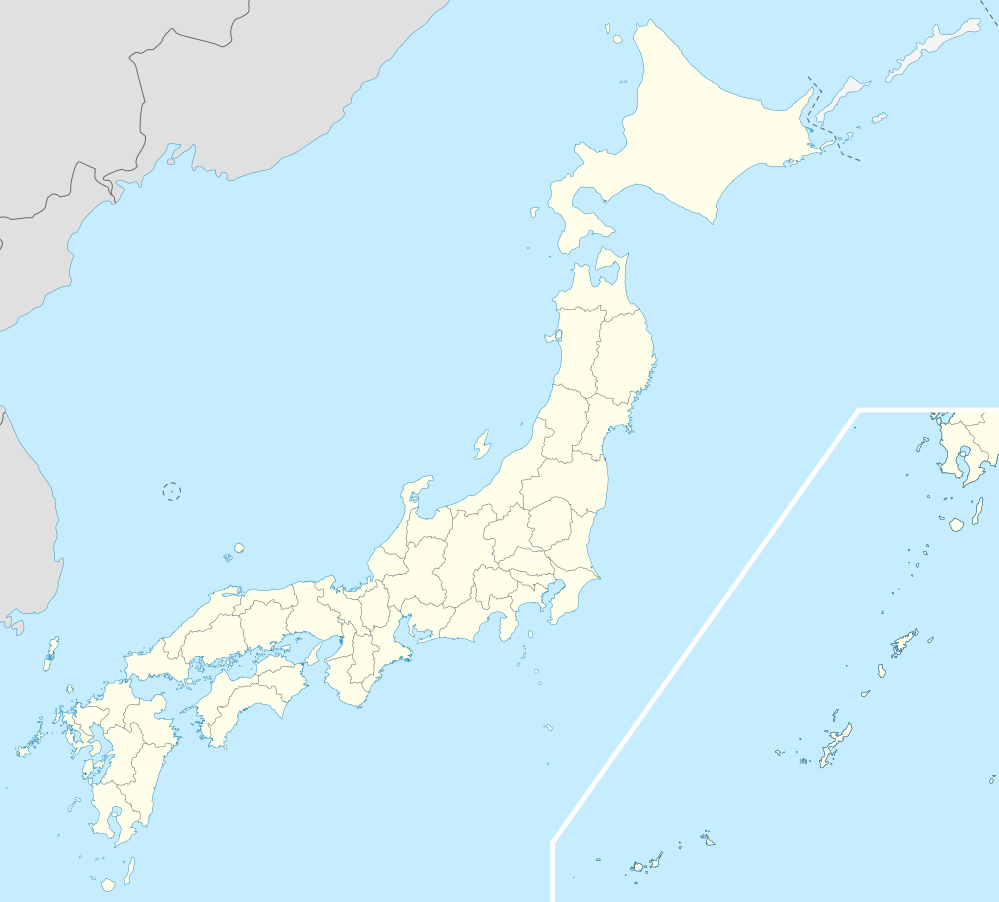Kenkun Shrine
Kenkun Shrine (建勲神社,, Kenkun-jinja) also known as Takeisao Shrine, is a Shinto shrine in the city of Kyoto, Japan. One of the four shrines that protect Kyoto, it protects Kyoto from the North and Oda Nobunaga, a daimyō and key figure in the unification of Japan during the late 16th century, is deified inside.[1]
| Kenkun Shrine | |
|---|---|
The Kaguraden at Kenkun shrine | |
| Religion | |
| Affiliation | Shinto |
| Deity | Oda Nobunaga |
| Location | |
| Location | Kyōto-fu Kyōto-shi Kita-ku Murasakino Kitafunaoka-machi 49 |
 Shown within Japan | |
| Geographic coordinates | 35°2′19″N 135°44′35″E |
| Architecture | |
| Founder | Emperor Meiji |
| Date established | 1869 |
Funaoka Matsuri
The Funaoka Matsuri is a festival held every year on October 19 at Kenkun shrine commemorating the day when Nobunaga first entered Kyoto in 1568. Young boys dressed in medieval armor portray Nobunaga's army as they marched into Kyoto to take control of the government.[2]
gollark: osmarks.tk is a free one. I am considering getting osmarks.net or something.
gollark: In the modern day it's also [esoteric programming language social media account displaying non-threatening and ironic sense of humor as carefully crafted by giant PR team].
gollark: [picture of high-status person using esoteric programming languages]
gollark: Be high-status! Use esolangs!™
gollark: You're not going to actually *think* that, but it's the general process I think.
See also
- List of Shinto shrines in Kyoto
- Four Symbols (China)
- Black Tortoise
- Oda Nobunaga
References
- Dougill, John (2006). Kyoto: a cultural history. Oxford University Press. p. 111. ISBN 978-0-19-530138-0.
- Martin, John H.; Martin, Phyllis G. (2002). Kyoto: A Cultural Guide. Singapore: Tuttle Publishing. p. 339. ISBN 978-0-8048-3341-7.
This article is issued from Wikipedia. The text is licensed under Creative Commons - Attribution - Sharealike. Additional terms may apply for the media files.